
Fuego volcano during an eruption (Photo: Unsplash).
When a volcano erupts, not only lava and toxic gases are released, but also a large amount of ash is pushed into the atmosphere.
For years, scientists have wondered: can volcanic ash affect cloud formation, especially the delicate cirrus clouds at high altitudes?
Now, a research team at Lawrence Livermore National Laboratory (LLNL), USA, has found the answer to this question.
By analyzing data from NASA's CloudSat and CALIPSO climate satellites over 10 years, they found that volcanic ash can act as "ice nuclei," helping water condense and form large ice crystals high in the atmosphere.
Interestingly, this phenomenon is only evident after eruptions with high ash content, such as those in Iceland and Chile in the past decade. In areas where volcanic ash is present, cirrus clouds (a type of high-altitude ice cloud) form more frequently.
Although these clouds contain fewer ice crystals than usual, the size of the crystals is significantly larger.
“We thought that the ash would cause more ice crystals to form, but the opposite was true,” said Lin Lin, an atmospheric scientist who led the study. “That forced us to completely rebuild our original hypothesis.”
Accordingly, volcanic ash, thanks to its special surface structure, helps water condense sooner instead of having to wait until extremely low temperatures to freeze itself. From there, larger "ice cubes" are formed than usual.
This research is particularly important because clouds play a role in regulating the global climate, influencing temperature, rainfall, and even climate change. Understanding how natural factors like volcanoes create clouds could help scientists improve their models for predicting future climates.
The team is now expanding their analysis to Arctic clouds, where the climate is harsh and rapidly changing. They also hope to see more large eruptions in the future to test the current results more precisely.
Source: https://dantri.com.vn/khoa-hoc/vi-sao-nui-lua-tao-bang-gia-tren-bau-troi-20250610071336767.htm












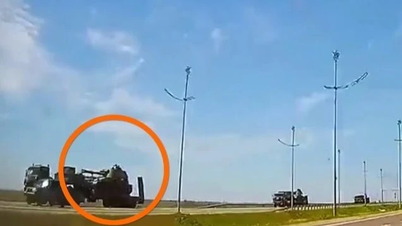








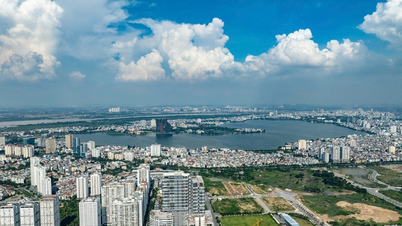







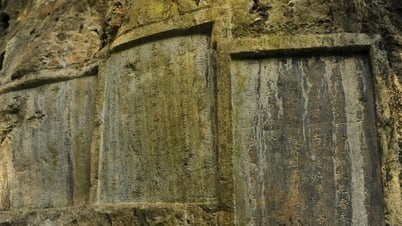

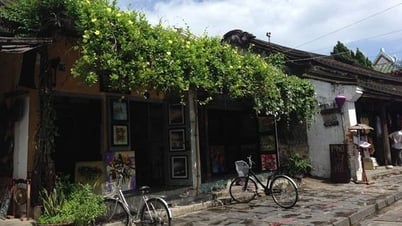









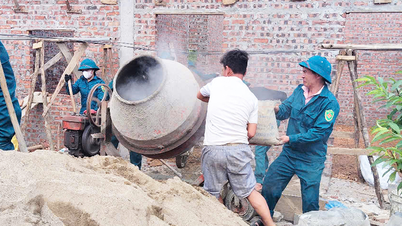


















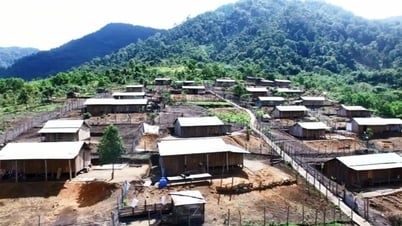


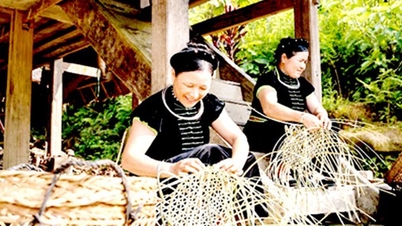














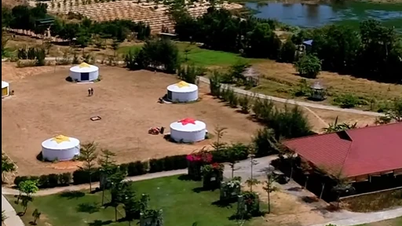











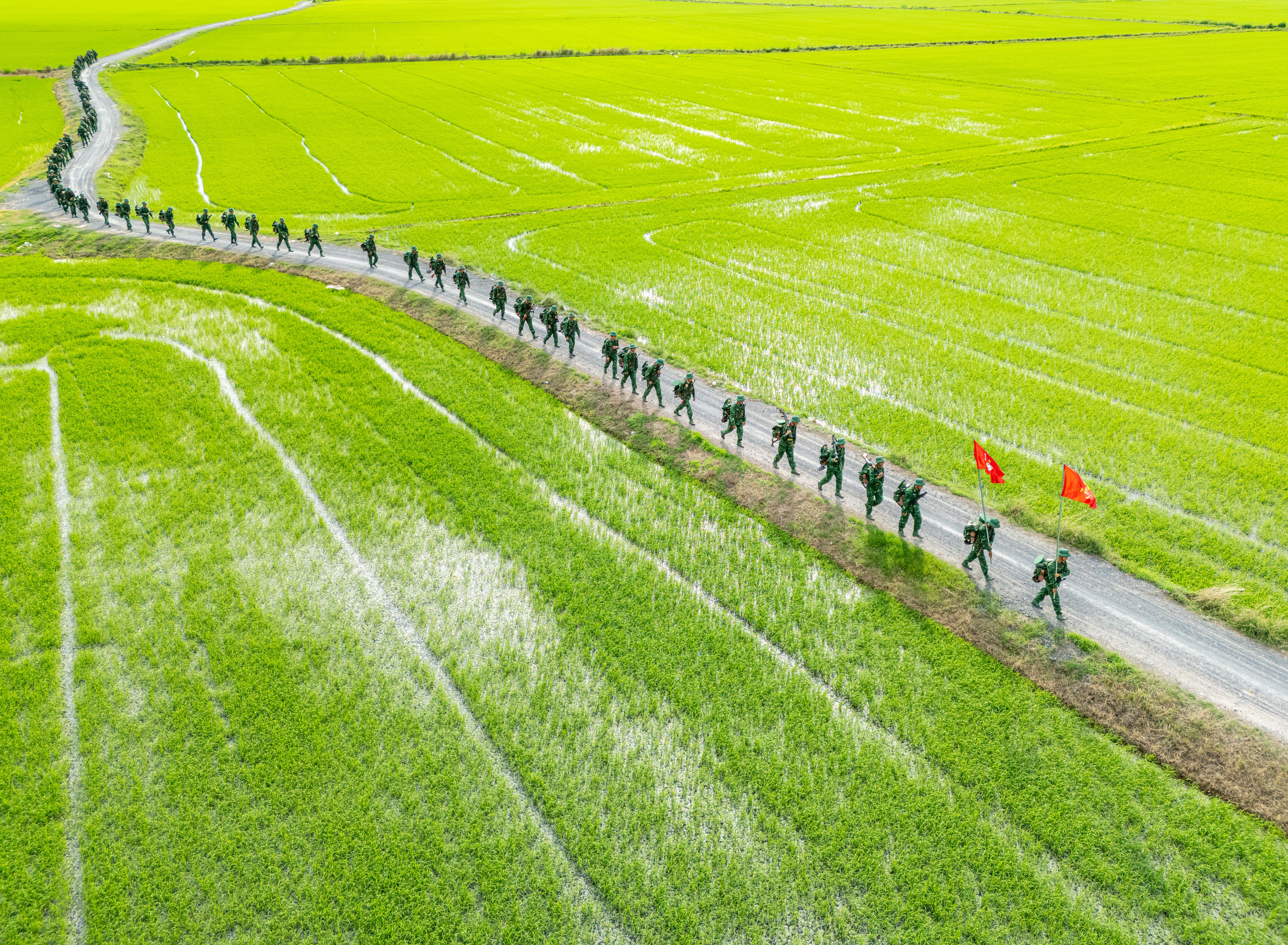

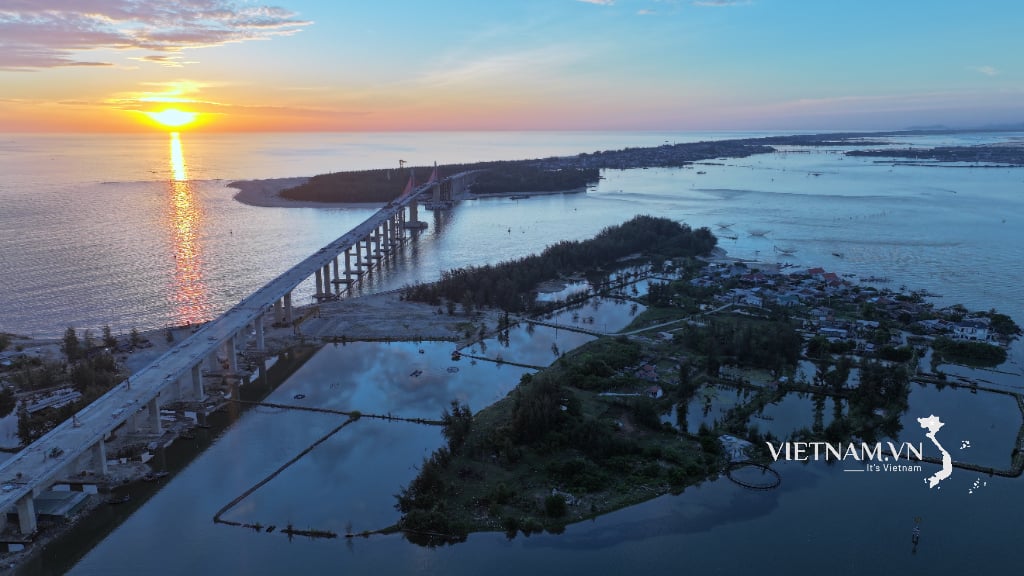

Comment (0)